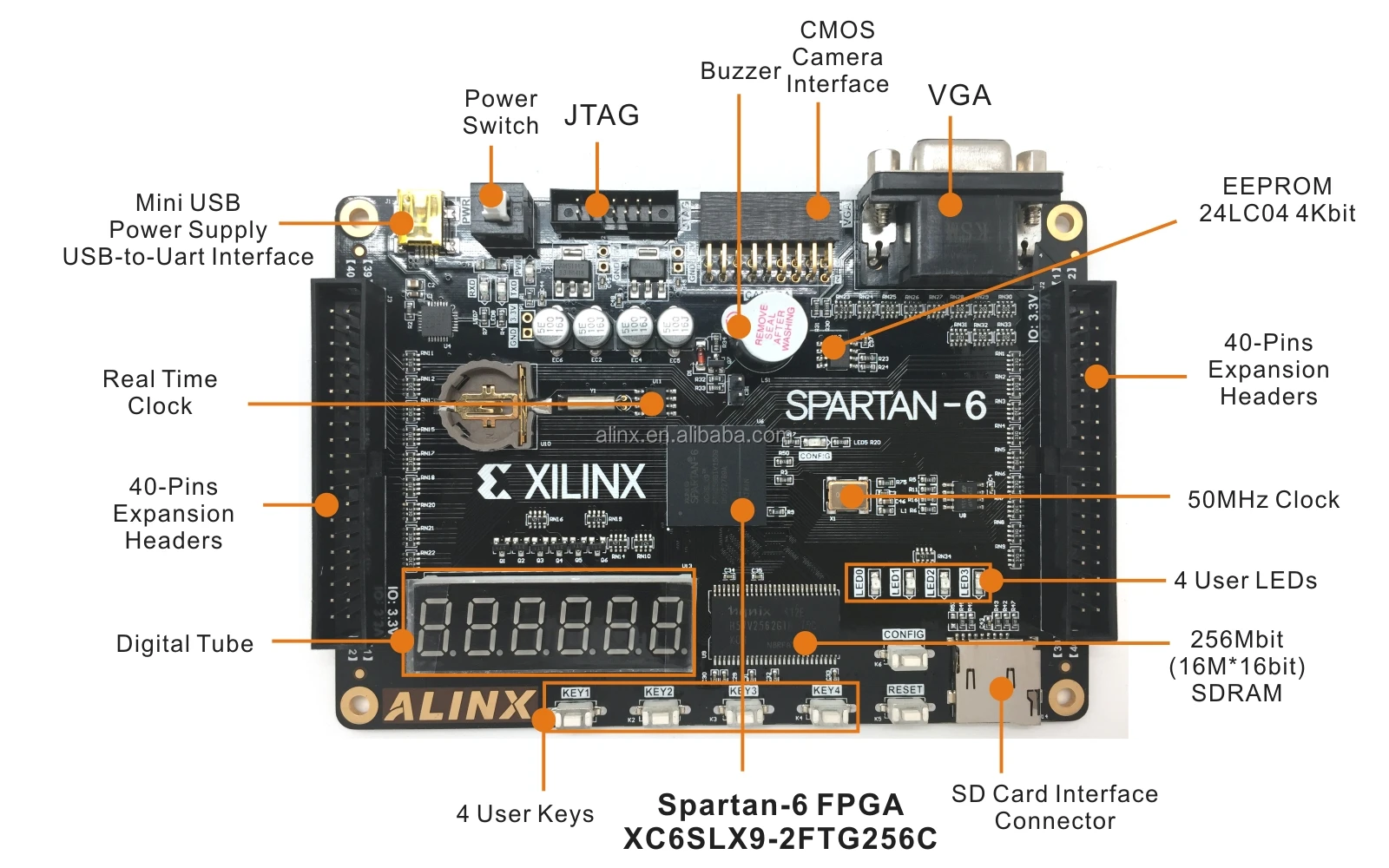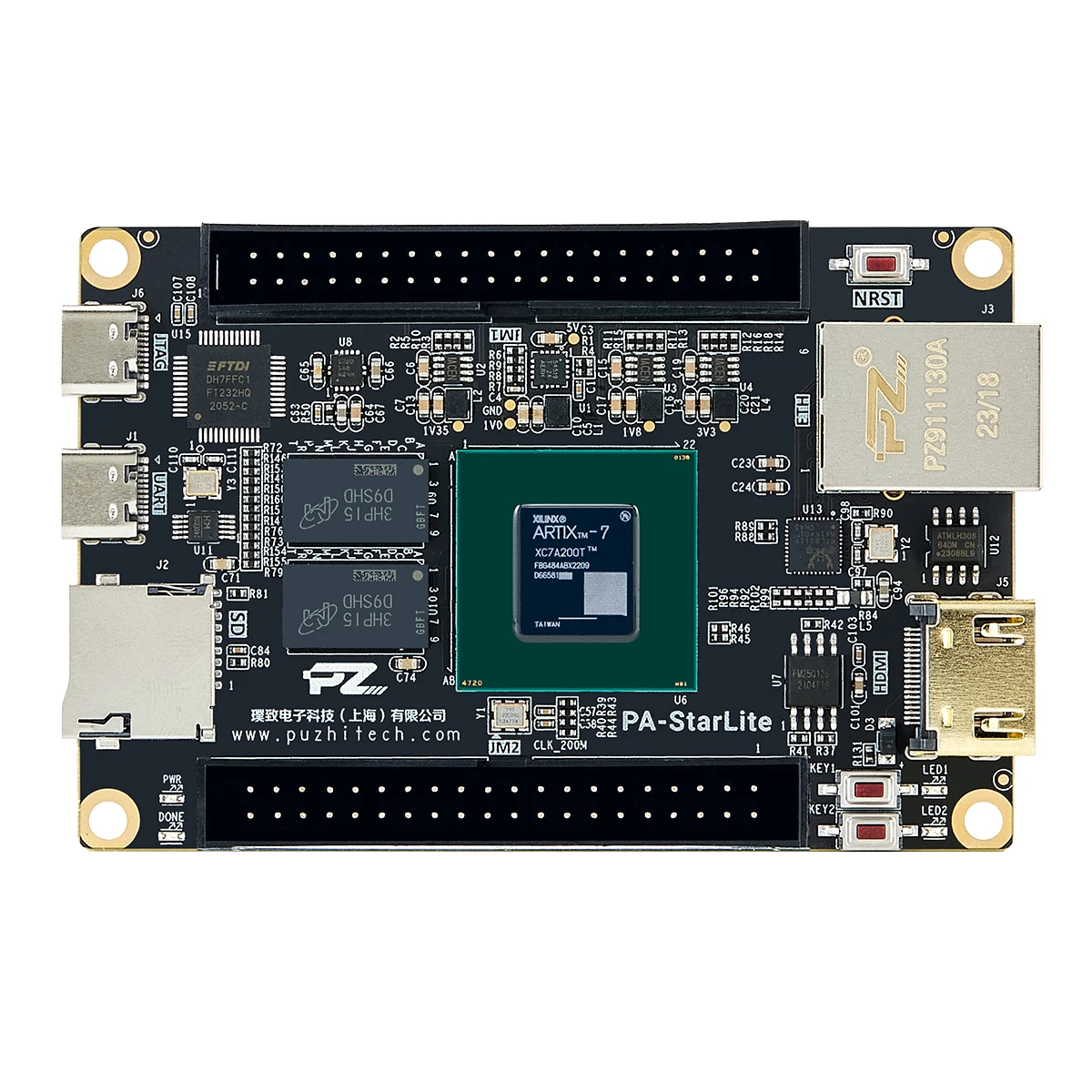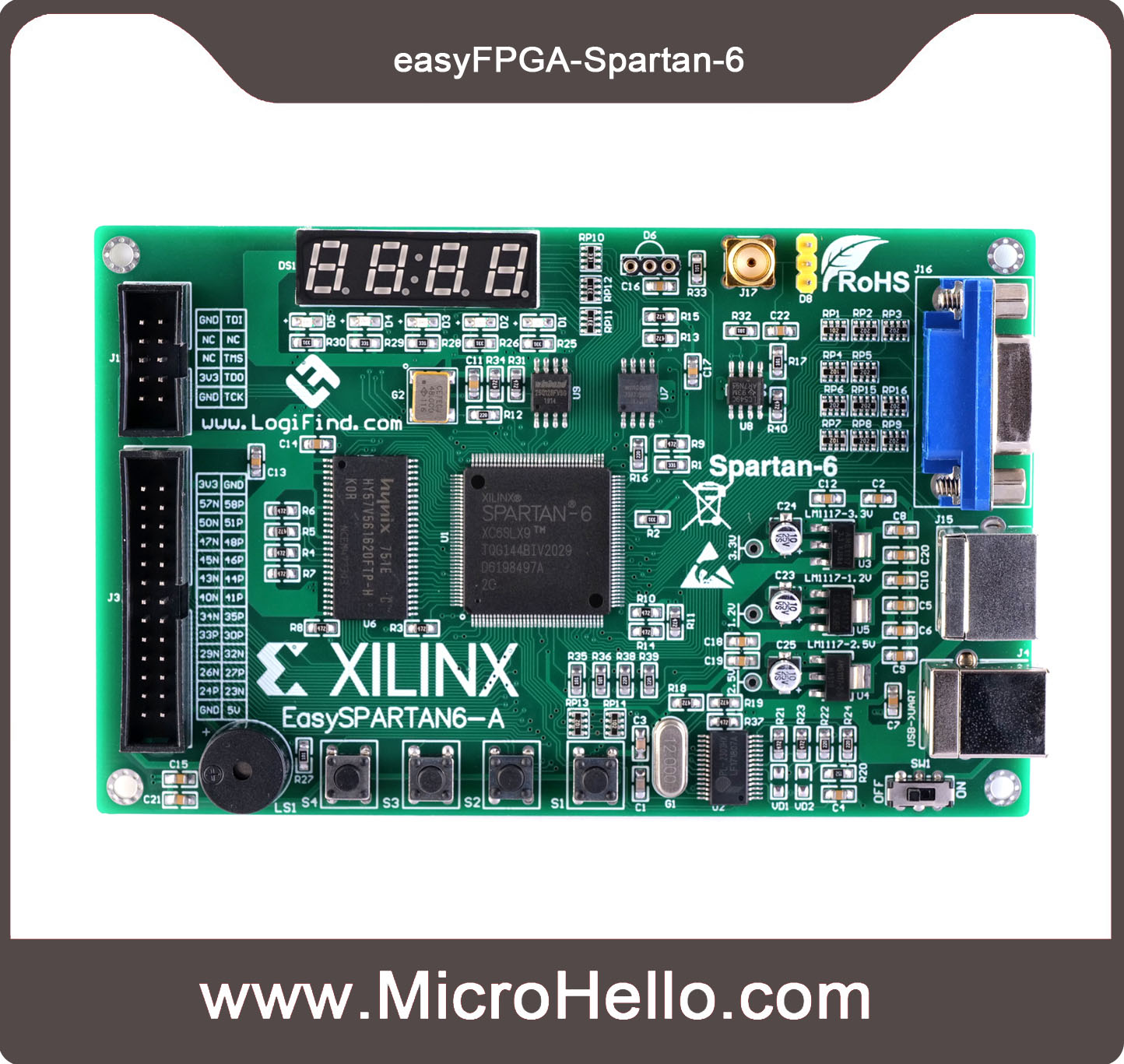Ever feel like you're surrounded by magic boxes that just know how to do things? From your smartphone to your car's navigation system, a lot of that "magic" comes from clever engineering and, increasingly, from the power of programmable hardware. And a fantastic gateway into that world is the Xilinx FPGA development board. Think of it as the ultimate electronics playground!
But why would someone, especially a beginner, want to dive into the world of FPGAs? Well, it’s about control and creativity. Unlike a regular computer chip with a fixed function, an FPGA (Field-Programmable Gate Array) is like a blank canvas. You get to design and implement your own digital circuits, essentially wiring up the hardware yourself using code. It's a deeply rewarding experience that lets you understand exactly how things work at a fundamental level.
The benefits of understanding and using FPGAs extend far beyond a fun hobby. In everyday life, FPGAs are used in a surprising number of places. They are the backbone of high-speed data processing in telecommunications, helping route your phone calls and internet traffic. They power advanced medical imaging equipment, allowing doctors to see inside the human body with incredible clarity. Even self-driving cars rely on FPGAs to process sensor data in real-time, making split-second decisions that keep you safe.
Want some common examples? Imagine building a custom video game console that perfectly recreates the experience of retro arcade games. Or perhaps creating a lightning-fast image processing system that can identify objects in video faster than any software solution. Maybe even designing a custom cryptocurrency miner that is optimized for maximum efficiency. All of these are achievable projects with a Xilinx FPGA development board.
So, how can you enjoy your FPGA journey more effectively, especially as a beginner? Here are a few practical tips:
- Start small: Don't try to build a complex system right away. Begin with simple projects like blinking LEDs or displaying text on a screen. Mastering the basics is crucial.
- Embrace online resources: Xilinx and the broader FPGA community offer tons of documentation, tutorials, and example projects. Utilize these resources!
- Learn a Hardware Description Language (HDL): VHDL and Verilog are the two most common languages used to program FPGAs. Choose one and stick with it.
- Simulate, simulate, simulate: Before you burn your code onto the FPGA, use a simulator to test your design and catch any errors. This will save you time and frustration.
- Don't be afraid to ask for help: The FPGA community is generally very helpful and supportive. Don't hesitate to ask questions on forums or online communities.
- Invest in a good development board: A well-chosen development board can make all the difference. Look for one with plenty of features and good documentation. The Xilinx Artix-7 or Spartan-7 boards are often recommended for beginners.
Finally, remember that learning FPGAs is a journey, not a sprint. It takes time and effort, but the rewards are well worth it. You'll gain a deep understanding of digital electronics, develop valuable problem-solving skills, and unlock your creative potential. So, grab a Xilinx FPGA development board, fire up your computer, and get ready to engineer something amazing!





